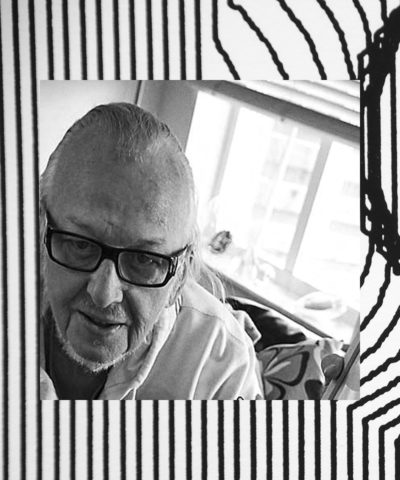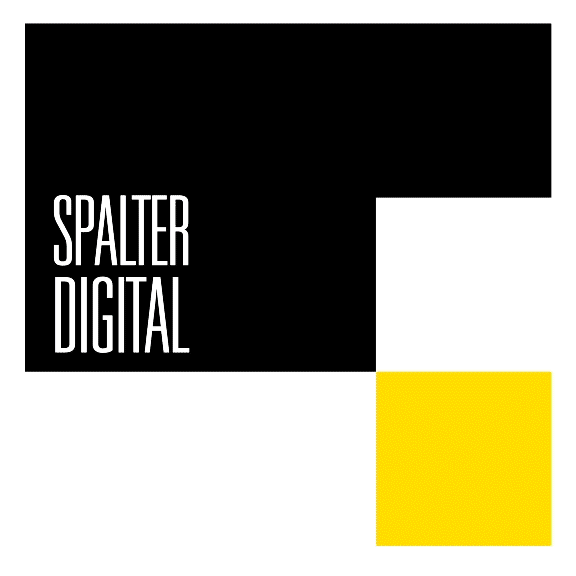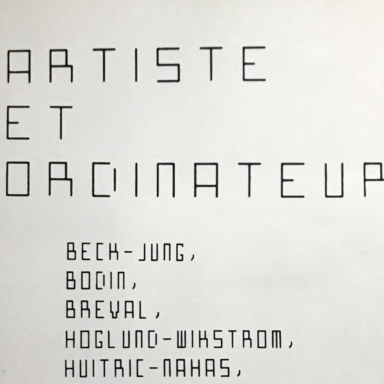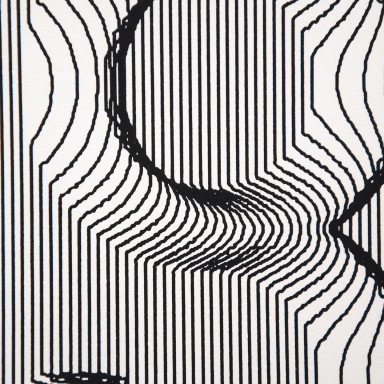
Basic Info
Name: Sture Johannesson
Date of Birth: May 24, 1935
Date of Death: January 17, 2018
Country of Origin: SE
Website: http://www.sturejohannesson.com/
Description
Sture Johannesson (born 1935 in Sweden) is a self-taught artist who started out as a member of the Scandinavian wing of the Situationist International. During the latter half of the 1960s, he produced a series of colorful, highly detailed and symbolic posters that expressed a certain countercultural lifestyle of protest. The posters were printed in large editions and sold through mail order or at concerts, fairs and be-ins (the price was set according to how far Johannesson had to travel). The posters were never meant for public space, but for the bedroom; their exploration and decoding in the laboratory of one’s home were what mattered.
Johannesson’s posters can be seen as examples of what Marshall McLuhan at the time called ‘media massage’. In an advanced, technological society, we constantly move in and through zones of media signals that ‘massage’ our subjectivity, whether through electronic, digital or narcotic effects. Johannesson extended this (almost bio-political) definition of media to include hallucinogenic drugs, implying that cannabis or LSD was considered on a par with other new media such as the TV and the computer. Johannesson used the offset printing technique, considered the most sophisticated at the time.
To Johannesson, his work was ‘underground art’. Today we would call it a version of psychedelic art. While the term ‘psychedelic’ became the label popularly applied to his art, however, the more extroverted and conflict-oriented style developed by Johannesson prevented easy appropriation. In short, his work is more like agitprop and more aligned with Dada montage and constructivism than with art nouveau. Unlike the swirling lettering in the typical acid rock poster, for example, one can actually read the text in Johannesson’s work, and the forms are hard-edged. Johannesson not only produced striking, sensual imagery but also a broad structural artistic critique. He conceived of his poster-making as an unpretentious, democratic art form that – by dint of being mass-produced – sought to actively undermine established markets for art and hence to usher in an ‘art crisis’, as one poster is titled. Unlike most other psychedelic graphics, Johannesson’s posters were not advertisements for concerts or festivals, but autonomous works or projects made for art exhibitions.
Johannesson’s work turns alienation into an ambiguous form of pleasure. If alienation, according to the Marxian definition, can be summed up as a lack of control, this state of affairs represented to Johannesson a potential for the transformation of self and society: a new social order that could never be fixed or transparent, but would be open to endless play and creative transformation. Affects and hallucinations were considered tools for resisting social control. Such a position was naturally considered anathema to the conventional party politics of the left wing. Johannesson’s work has on more than one occasion been the subject of censorship, but one would be mistaken to think that this made him the hero of the revolutionary left. There was not a lot of kudos for an artist who depicted the head of Che Guevara soaring from a hash pipe and floating around in little colored bubbles (as in the 1968 poster Revolution Means Revolutionary Consciousness).
In 1965, along with his wife Ann-Charlotte, Johannesson started Cannabis Gallery, which established itself as a communications hub for the Malmö underground. It was a workshop – a kind of psychedelic salon – where the local counterculture would hang out, play records, make art and smoke grass. The latest issues of underground magazines – for example, International Times and OZ from London – were available.
Today the visual qualities of psychedelic art often come across as naïve or frivolous. The menace and provocation that it once embodied is no longer accessible to our contemporary eyes. It must be recalled that Johannesson spent his childhood in an orphanage in the 1940s. The Swedish state, at the time inspired by policies of race hygiene, carried out forced sterilizations amongst children and teenagers in such orphanages. The artist was a victim of these state-sponsored surgeries, euphemistically termed ‘a cut in the groin’. Johannesson’s desire for testing the limits of official tolerance with his anti-authoritarian art thus unfolded against the background of the trauma of the Swedish state’s criminal medicine.
When Cannabis Gallery closed in 1969, Johannesson abandoned poster-making and started working with digital graphics in collaboration with IBM in Stockholm. A big change of scene from the hip underground, this was in fact a way for him to continue his psychedelic practice, considered as a self-reflexive method that experiments with new media and its’ effects on subjectivity and social space.


